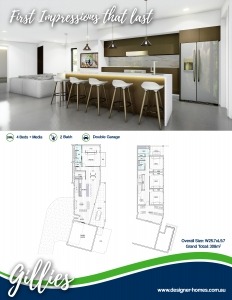
Know your budget
Before you speak to anybody, you need to know your budget. Know what you can afford and what you would like to spend. Keep in mind that these two numbers are never the same, so decide on your limit for the design & build of your new home. Once you have decided on a budget, it would be of a great benefit to disclose this amount in the design process for your new home, so you can avoid creating a design that you cannot afford to build.
A professional will make sure they design you a home that suits your lifestyle and fits your budget. Contrary to popular belief, you will not pay more for a home just because you disclose a larger budget.
You are not negotiating the price at this stage of the process! By discussing your budget openly with the designer at the beginning of the project you’ll be able to find out if what you’re after is achievable.
If the size and quality of the home you are looking to build is not within your budget, a professional designer can make recommendations on where to cut back based on your priorities. It’s important to establish the fundamentals before the design work commences, otherwise you will find yourself constantly redesigning your home and struggling to hit the target budget.
If you are in the fortunate position of not being restricted by a limited budget, the design brief should focus on lifestyle and quality of finishes. If budget is your #1 priority, capping the overall size of the home along with the architectural flare of the designer are important aspects to take control of early.
Know your deadline
Do you have an immovable hard and fast deadline for handover? Do you need to be in by Christmas or before a lease expires on a rental property? If you have a fixed deadline then it’s a good idea to share this with your builder before you start the design process.
The entire design process can take between 3-12 months to complete depending on the complexities of the design and the approvals required. A professional builder will be able to provide a scheduled timeline once the initial design has been completed. This will enable you to visualise how long all the different processes such as construction drawings, engineering and quoting take. You’ll also see the impact they will have on the start date and ultimately the completion date of your new home.
Another important thing to keep in mind is that custom home builders only build a limited number of homes a year due to the high level of supervision required. This results in limited start dates becoming available for new builds.
Delaying decisions that a builder needs in order to finalise a contract proposal, could result in you missing the next available construction slot, which could lead to a 3-month delay to your project starting. Communicate with your builder regularly to check on the upcoming available start times.

Know why 90% of designs never get built
It may surprise you to learn that over 90% of designs never get built. Why? They came in way over budget. The reason for this is simple. Architects design homes that meet a consumer’s brief rather than their budget. While budgets are generally discussed with architects at the briefing stage, building designers and architects have little knowledge of building costs and generally underestimate the cost to build a new home by 50-300%.
When you are already making one of the biggest investments of your life, that is a huge amount of money to find, which is why these designs never see the light of day. The solution to this problem is quite simple, involve your builder at the design stage. By involving a builder at the design stage, you can design a custom home that is both practical and within your budget. Only a residential home builder has the experience to foresee the potential cost implications of a difficult site or architectural features.
Whilst you may be paying $10,000-$50,000 for an architect to design the new home, most professional builders will consult on a project for as little as a few thousand dollars. Most custom home builders provide a design and build service, which means the consultation service is generally included free of charge.
Getting your design and specifications right in the beginning will save you thousands of dollars in potential redesign fees and months of wasted time.
Know who will own the copyright
In most cases when you start the design process, regardless of how much you’ve paid,the design is owned by the company you have engaged. In some circumstances it is possible to negotiate ownership of the copyright.
Either way you need to be clear before you start who owns the copyright and what the implications are when it comes to construction. If you find yourself in the situation where you don’t own the copyright and you show your plans to another designer, then you could be opening yourself up to copyright infringement. A common misconception is that you only need to change a design by 20% in order to avoid copyright infringement, however that is simply not true.
Copyright covers the ideas contained within a design rather than the overall design itself.
There are many instances of building companies providing designs to clients who then take those designs to another builder and sign a contract for a lower price. This practice is illegal and can result in legal action for damages as well as your construction being halted.

Know when your selections are due
While it may appear there is no rush to decide on the colour and style of your bathroom tiles before you sign a building contract, it’s important to realise every selection decision has the potential to delay your project.
Tiles for instance may have to be ordered up to 4 months in advance so it’s important to make all of your selection choices during the design stage of your new home.
Once a building contract is signed a builder will place hundreds of orders with subcontractors and suppliers in order to lock in pricing. If you go to contract with prime cost (PC’s) or Provisional Sum (PS’s) allowances, it’s quite likely that prices will rise between contract signing and orders being placed. Keep a record of your selection choices in a spreadsheet to avoid blowing your budget unexpectedly.
Faced with endless opportunities to add more and more features to your home it’s easy to get carried away and over capitalise. Making changes to your selections after signing a building contract can incur delays, as new orders have to be placed and delivery times may impact the construction schedule. If a selection choice delays construction this will lead to a variation and an Extension of Time (EOT).
Know that variations cost
Variations cost builders time and money… Therefore, when you make a variation to your building contract, expect to have your completion date extended and a charge to be made for the delay and the cost of any additional work.
A variation to contract also involves a lot of admin work for a building company,therefore expect to pay an administration fee on each variation that is raised.
Generally, any variation made after contract will involve delays either through additional work or as a result of delivery times. Before you sign off on any variation,check how many days have been added as an Extension Of Time (EOT) as these will push out your completion date.
For instance, changing your shower head could involve more than simply ordering a different fitting.
Example 1 – John decided to change his wall shower to a head drencher soon after signing his building contract. As the plumber had not been to site to perform the rough in, the plans were altered, and the orders were easily amended which meant there were no delays and John simply paid for the cost difference along
with a variation fee.
Example 2- Jane decided to change her wall shower to a head drencher after the plumber had already completed the rough in. Although the bathroom had not been tiled yet, the plumber was required to come back to site as the pipes needed to be repositioned before the tiling could be started. This resulted in a 7-day delay to the construction schedule, which incurred an EOT, a cost per day (for delays), a charge for the plumber’s time, along with the cost difference of the shower head and a variation fee. Although the variation was the same, the cost of the variation was significantly different for Jane simply because she delayed her decision for too long.
Know how many pages a contract proposal should be
Never sign a contract based on a 2-3 page quote!
A contract proposal is a great indication of how smoothly your project will run. Building a new home is all about planning and organisation. If your builder is unable to provide a detailed list of specifications (20-30+ pages) along with a construction schedule with the estimated timeline, it’s highly likely your project will experience delays.
It’s important to realise that there are a lot of residential home builders who are simply carpenters with very little business experience. While they are great trades people, honest and hardworking, unless they have the systems in place that are required to run a building company, they rely on memory and instinct when building your home.
The average custom home involves over 200 orders to be placed with multiple suppliers and subcontractors who then have to be coordinated on an exact timeline. It’s a complex operation that requires plenty of forward planning using a construction schedule that your builder will go through with you.

How to decide on a builder before you start on design
Start by doing your initial research online. Check out builders’ websites and Facebook pages, looking at their reviews, customer testimonials, the information they are providing and the organisations they belong to. Narrow it down to a list of no more than 2-3 custom home builders who specialise in building the type of home you are looking to build. Make contact via their website contact us form and by calling their office number and leaving a message.
Use a different name for each enquiry you make so that you can check that they respond both by email and phone in a timely manner. Builders who have poor communication with their clients also tend to have poor communication with their suppliers and subcontractors, which tends to lead to delays on site.
At this stage you are looking for reasons to disqualify a builder from your shortlist if they don’t get back to you in a reasonable time frame either by phone or email. For the builders that do respond, invest 15-20 minutes into an initial phone conversation. Expect a professional builder to be asking you a lot more questions than you ask them at this stage, so they can understand your desired end result. If you feel comfortable the next ideal step will be to progress onto an onsite meeting.













